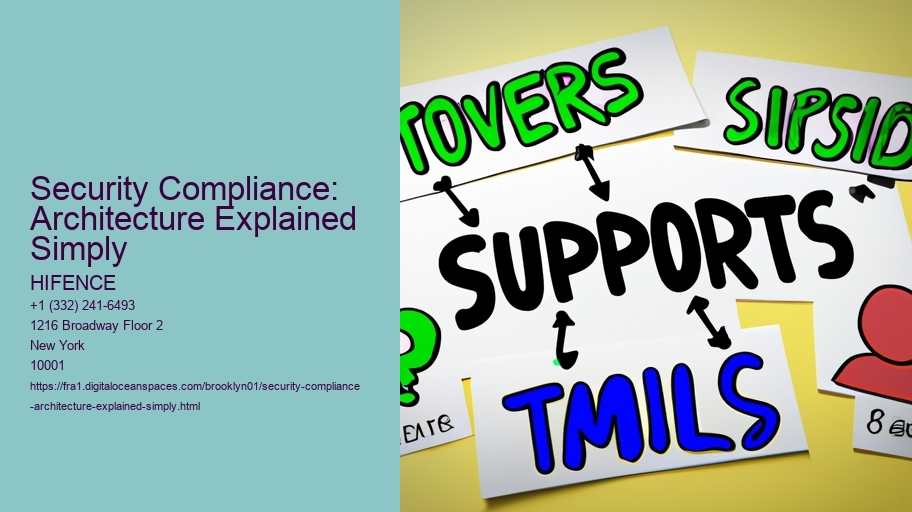
Security compliance architecture, huh? security architecture blueprint . Sounds intimidating, doesnt it?
Essentially, security compliance architecture is the blueprint (or perhaps a series of blueprints!) that dictates how an organization meets its security obligations. These obligations, you see, come from various sources, like industry regulations (think HIPAA for healthcare or PCI DSS for credit card processing), government laws (like GDPR for data privacy), and internal policies (your companys own rules about how information is handled).

Now, the "architecture" part isnt just a single document. Its a holistic approach. Its about designing a system where security isnt an afterthought, but rather is baked into every layer.

The goal isnt merely to check boxes on an audit checklist. No way! Its about creating a truly secure environment that minimizes risks. It's about ensuring confidentiality (keeping secrets secret), integrity (making sure data isnt tampered with), and availability (making sure systems are up and running when they need to be).

It doesnt mean achieving perfect, impenetrable security (thats impossible, unfortunately).
A well-designed architecture avoids being overly complicated or burdensome. It should be streamlined, efficient, and adaptable to changing threats and business needs.
So, while the term might sound like techno-babble, security compliance architecture is simply the planned and implemented framework that helps an organization securely operate while meeting its obligations. Its not a burden; its an investment in the long-term health and stability of the business. And who doesnt want that?